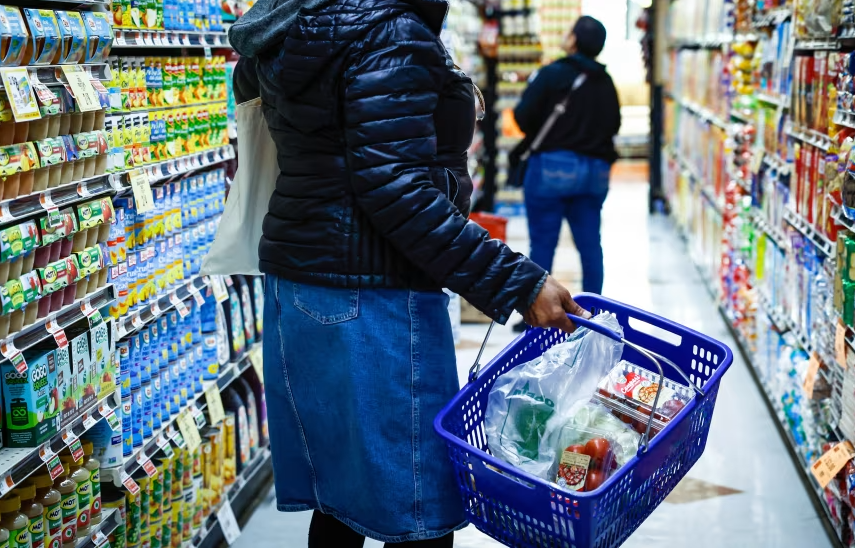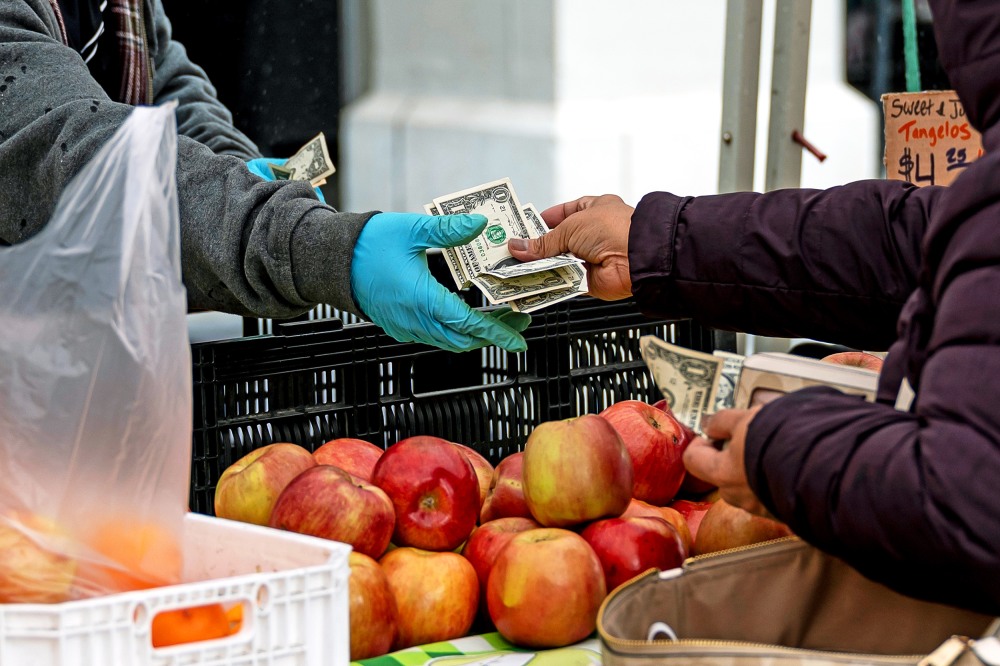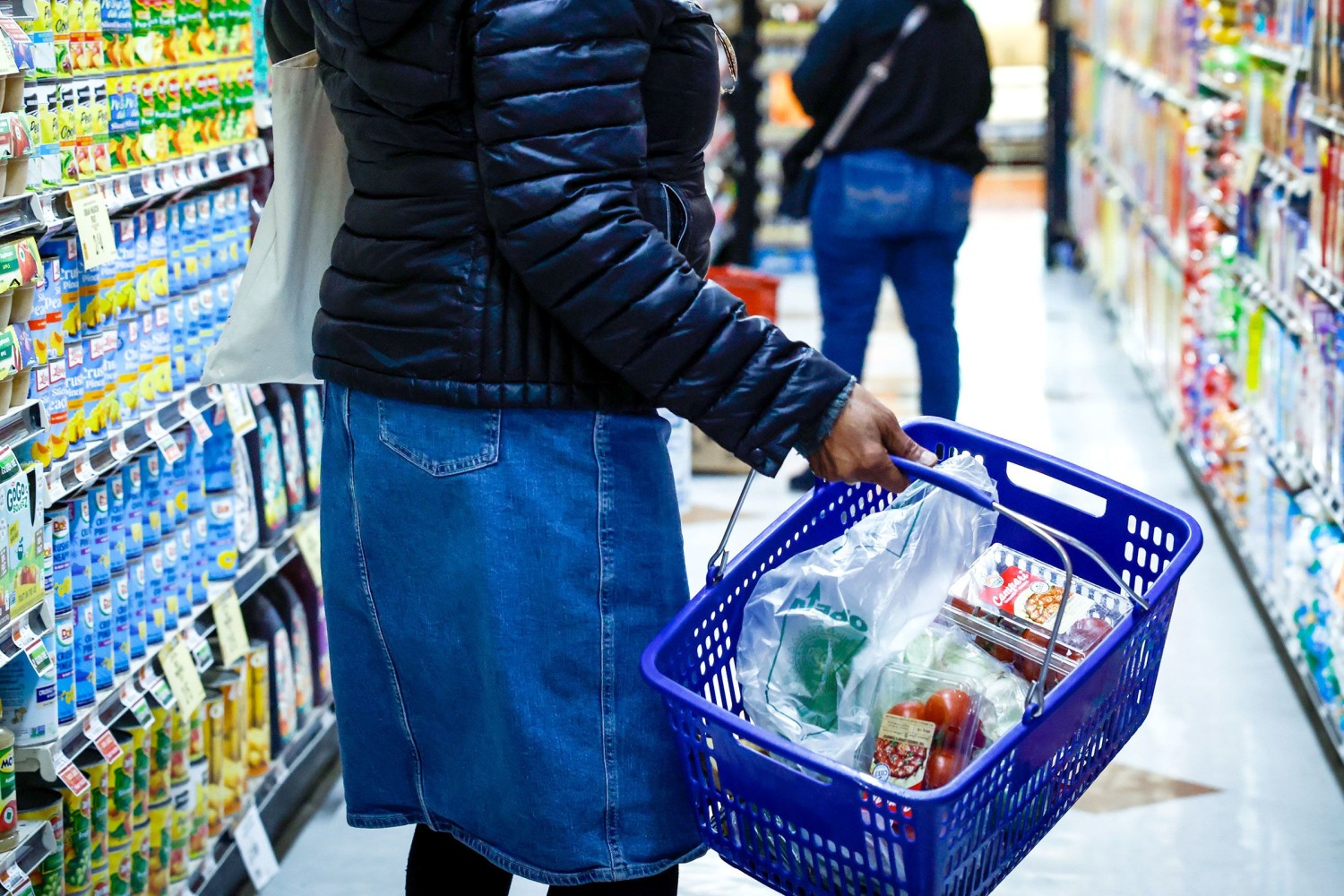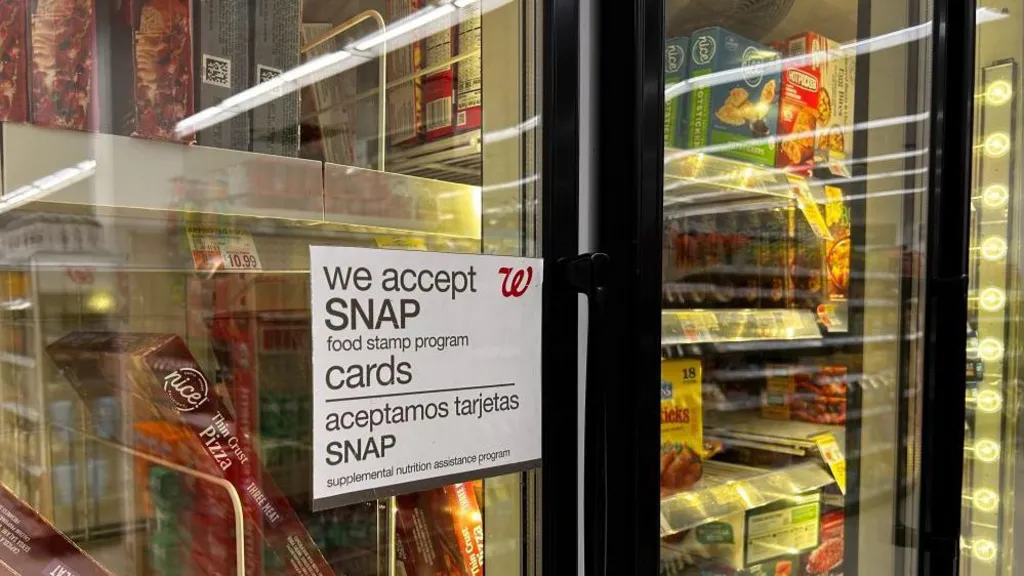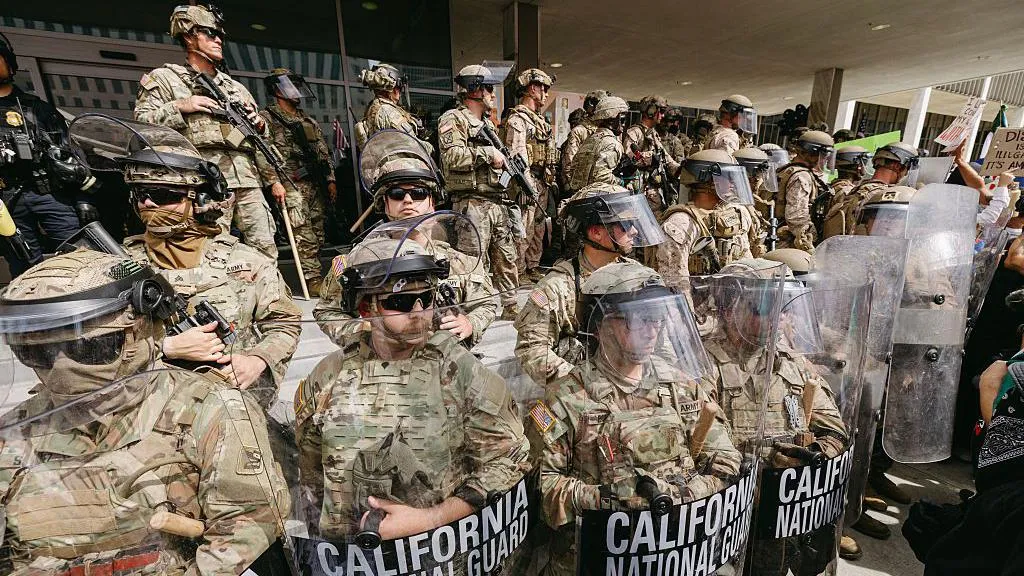
This article is more than
9 year oldDallas police getting death threats amid investigation into attack, chief says
Police in Dallas are concerned for their safety because of death threats that have followed the rampage last week that killed five officers and wounded nine others, according to police Chief David Brown.
Brown told reporters on Monday he and his family received threats "almost immediately" after the attack, during which, investigators say, a former army reservist opened fire on officers during a protest against police brutality.
"We're concerned for our safety," Brown said of the city's police force, and of law enforcement agencies in general, in light of the attack and the heightened tensions over police-involved shootings of black men.
- Woman shot by sniper was trying to protect her sons
- CBC IN DALLAS | Dallas sniper 'was not the same' after time in Afghanistan, next-door neighbour says
"Everyone's experiencing the same type of awareness, increased awareness, because of people who, in my opinion, are not stable, who could do grave damage to us," Brown said during a news conference Monday.
Brown revealed little about the investigation and the possible motive of alleged gunman Micah Johnson. Police said earlier that Johnson, 25, had stockpiled explosives and apparently had plans for a larger assault.
"We just don't know how the bombing aspect of his plans were going to play out," Brown said.
"We're looking for those answers. The concern is we haven't found something that's out there."
Brown said investigators are reviewing footage from body cameras, dashcams and other surveillance cameras from the scene of the rampage. They are also reviewing more than 300 statements by witnesses and have questioned Johnson's mother, he said.
"This person obviously had some delusion," he said.
"We don't know much else beyond that but we're going find out."
Johnson, who was black, began firing on officers while hundreds of people were gathered in downtown Dallas to protest recent fatal police shootings. Authorities said earlier he kept a journal of combat tactics and had amassed a personal arsenal at his home that included bomb-making materials.
"If this had not been a crime of opportunity where the protest was quickly organized in response to events in the same week … he could have caused a lot more harm than he did," Jenkins said on CNN's State of the Union on Sunday.

Taunting, laughing, singing
Also Sunday, Brown revealed new details about Johnson's negotiations with police, saying that Johnson taunted authorities, laughing at them, singing and at one point asking how many officers he had shot.
Johnson, who served in the army reserve for six years and did one tour in Afghanistan, insisted on speaking with a black negotiator and wrote in blood on the wall of a parking garage where police cornered and later killed him, Brown said.
The gunman wrote the letters "RB" and other markings, but the meaning was unclear. Investigators are trying to decipher the writing by looking through evidence from Johnson's suburban Dallas home, Brown said.
- Were the attacks on police inspired by militant groups?
- CBC IN DALLAS | He 'took the life of my friend': Sunday services time for reflection, healing, understanding
The writing suggested that Johnson was wounded in a shootout with police. An autopsy will confirm exactly how many times he was hit, Jenkins said.
Authorities do not "have any independent report from an officer saying, 'I think I hit him,"' Jenkins said.
The police chief defended the decision to kill Johnson with a bomb delivered by remote-controlled robot, saying negotiations went nowhere and that officers could not approach him without putting themselves in danger.
Brown said he became increasingly concerned that "at a split second, he would charge us and take out many more before we would kill him."
The shootings just a few blocks from where President John F. Kennedy was slain in 1963 marked the deadliest day for U.S. law enforcement since the Sept. 11, 2001, attacks.

Large crime scene
Federal agents are trying to trace the origin of the weapons used, including a military-style semi-automatic rifle.
About 30 agents are also involved in identifying bullet casings, said William Temple, the Dallas agent in charge for the Bureau of Alcohol, Tobacco, Firearms and Explosives.
The large crime scene includes the parking garage where Johnson was killed and at least two other sites where he is believed to have fired at officers.
Dallas police said Sunday that neither they nor the FBI would confirm that photographs circulating on the internet — two pictures that show an assault rifle in rubble and the bloodied body of a black man wearing an armoured vest amid building debris — were from the parking garage.
The attack began Thursday evening during protests over the police killings of Philando Castile, who was fatally shot near St. Paul, Minnesota, and Alton Sterling, who was shot in Louisiana after being pinned to the pavement by two white officers.
Video showed protesters marching along a downtown street about half a mile from City Hall when shots erupted and the crowd scattered, seeking cover.
Wounded officers recovering
Among those injured were two officers from El Centro College, the school said Sunday night.
El Centro said in a statement posted on its website that Cpl. Bryan Shaw and Officer John Abbott were hurt in Thursday's attack.
Shaw was struck by a bullet as he guarded an entrance to the college, the statement said. The school said Shaw was treated on scene and returned to protect other officers and civilians.
Abbott was also guarding the entrance. The school said he sustained injuries to both legs from flying glass after it was struck by bullets. Abbott tended to his wounds at the scene and then returned to assist others, the statement said.
Both men were resting at home.
